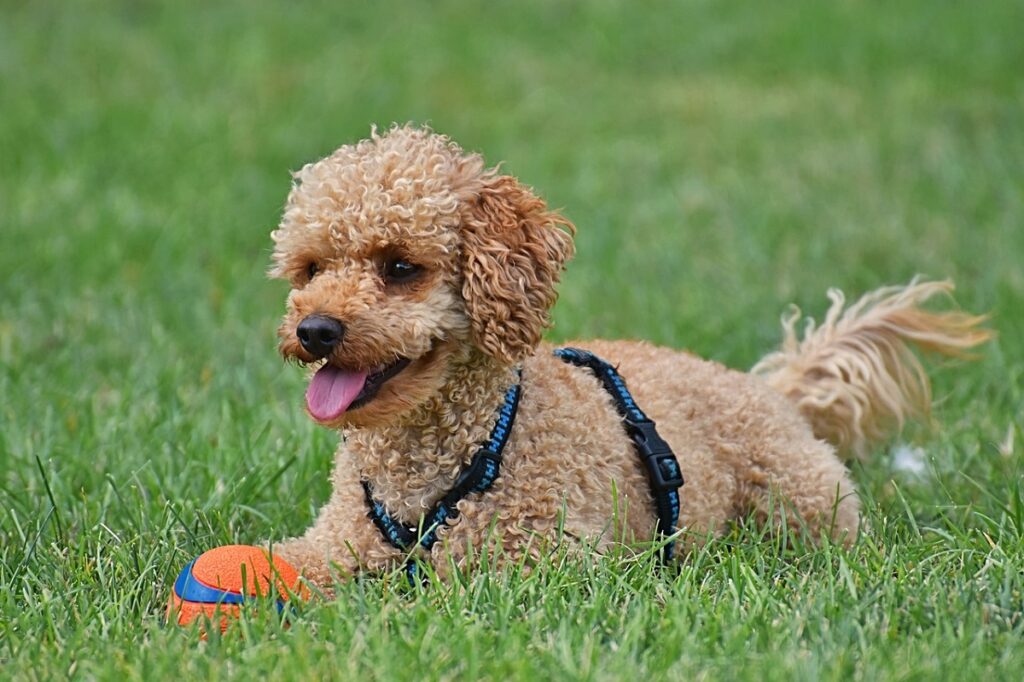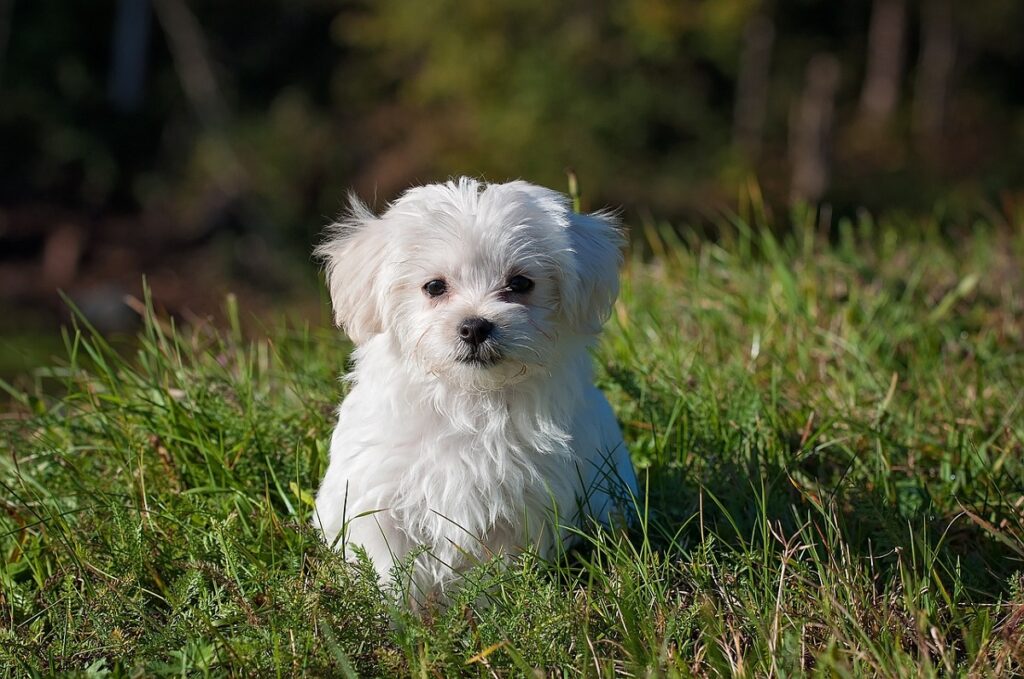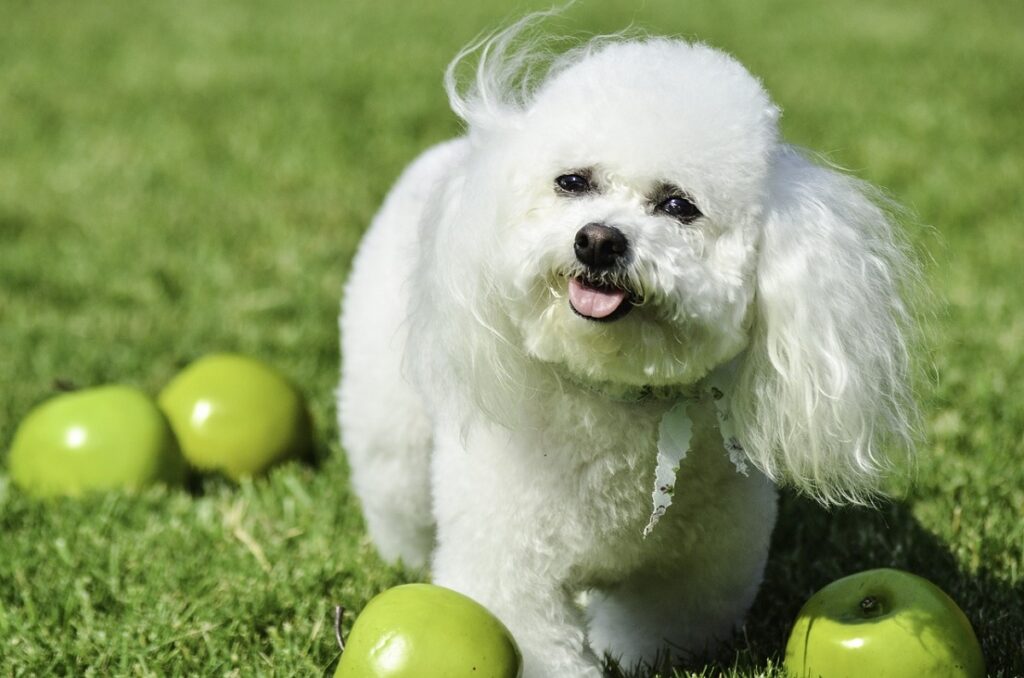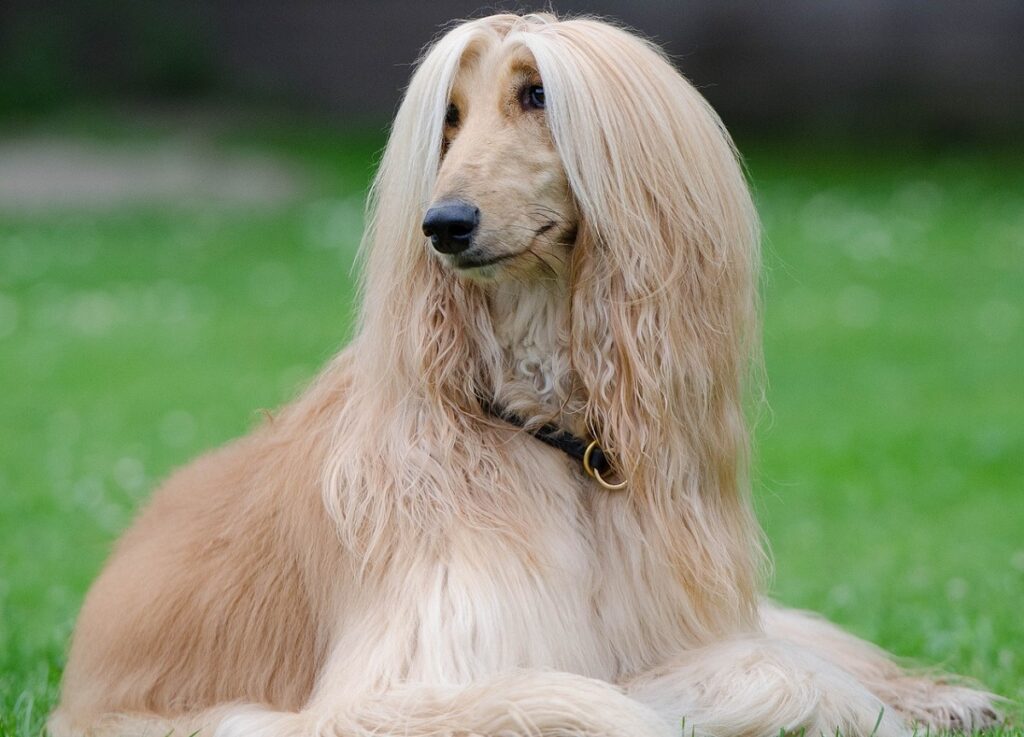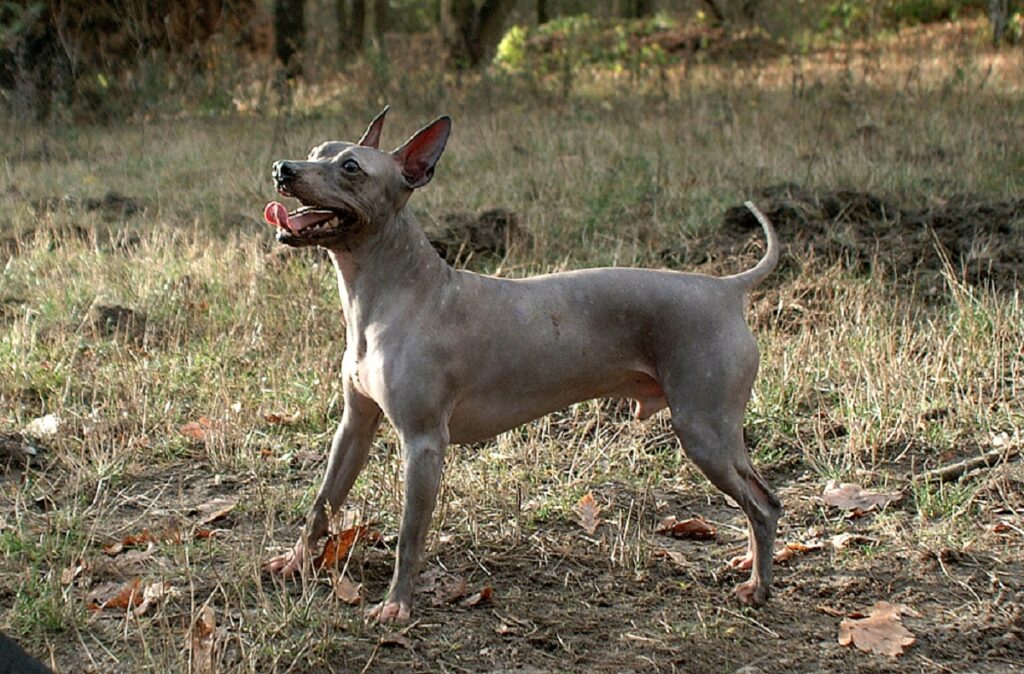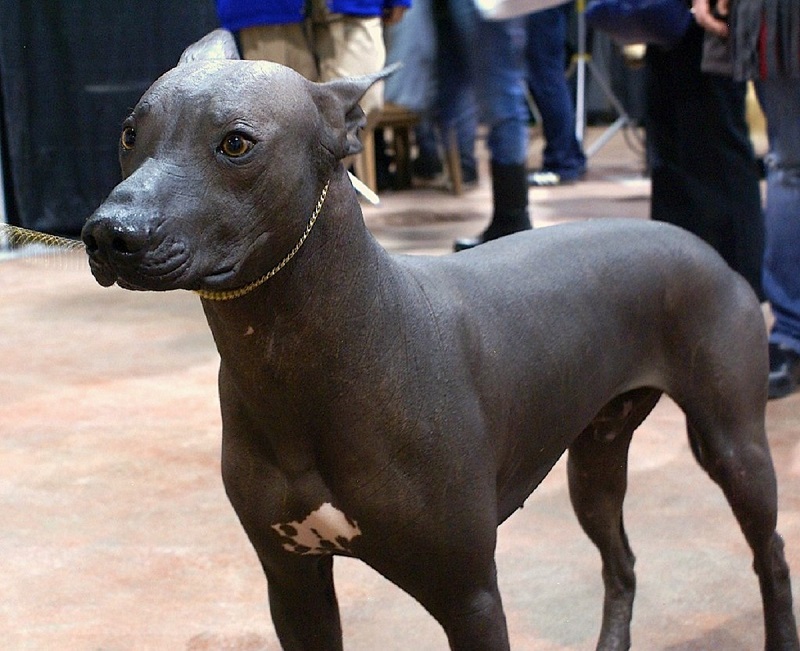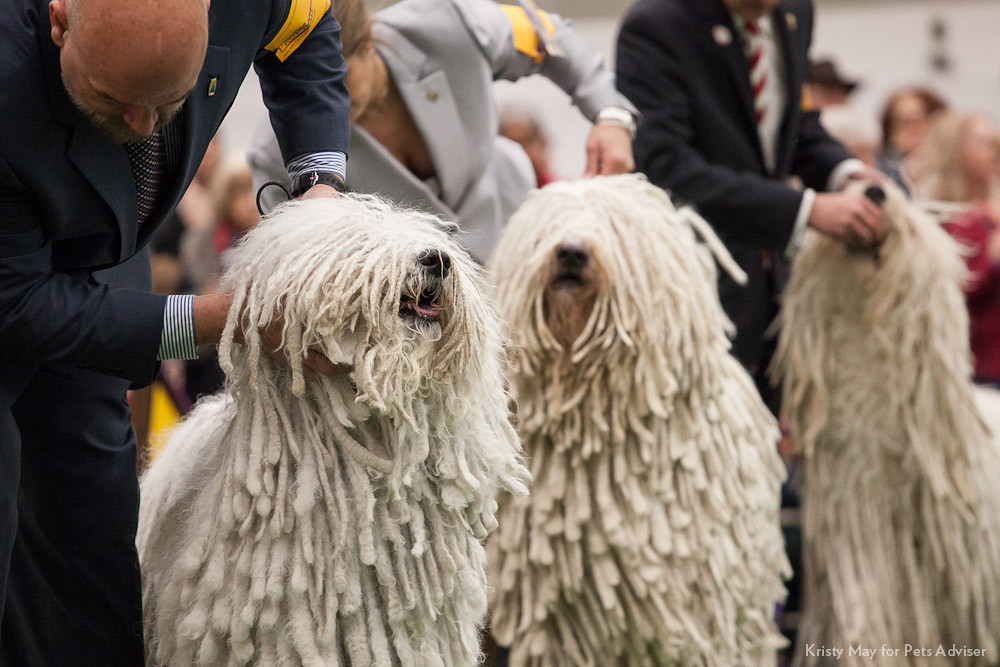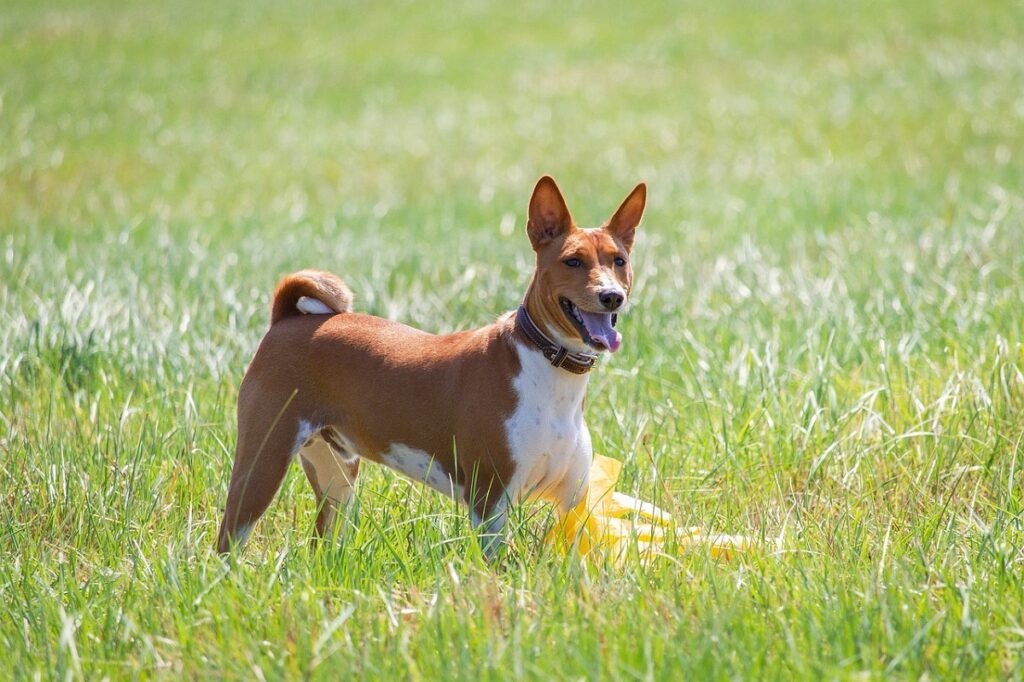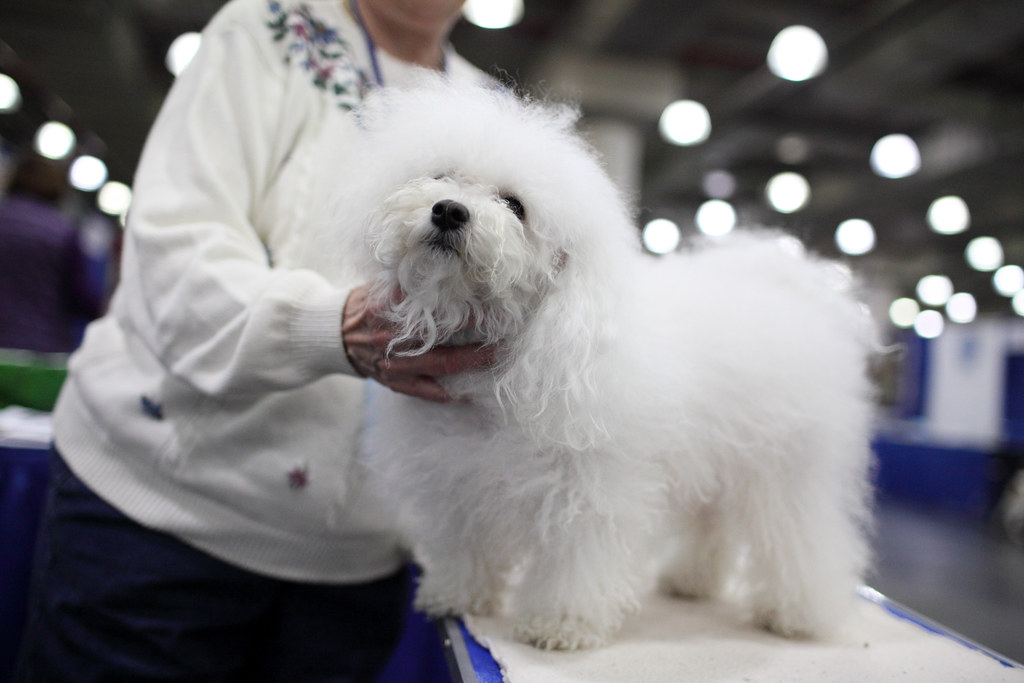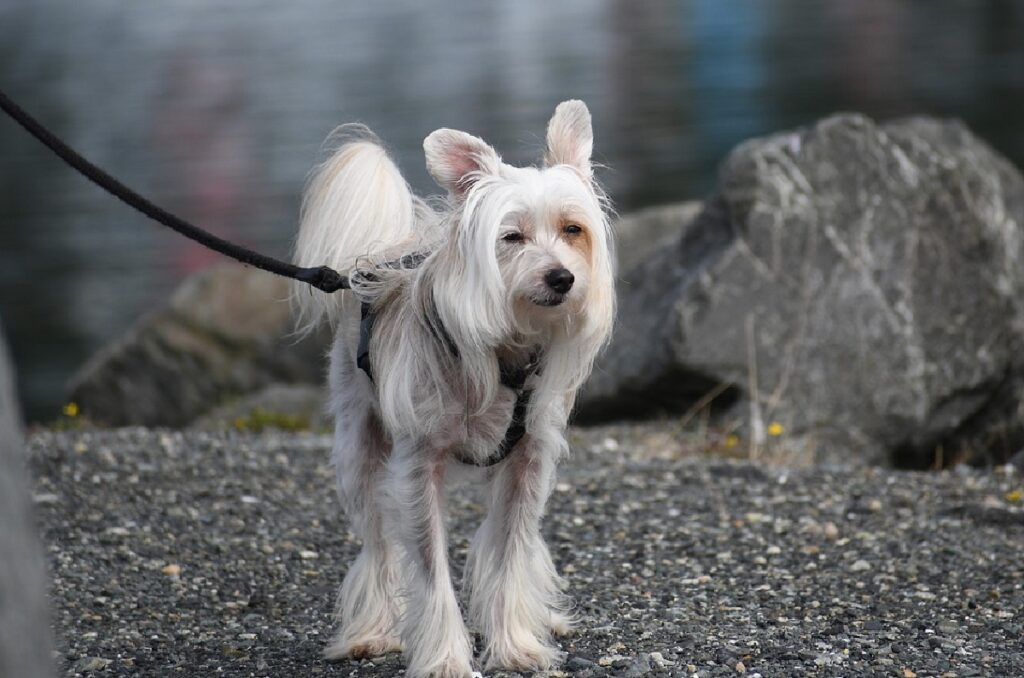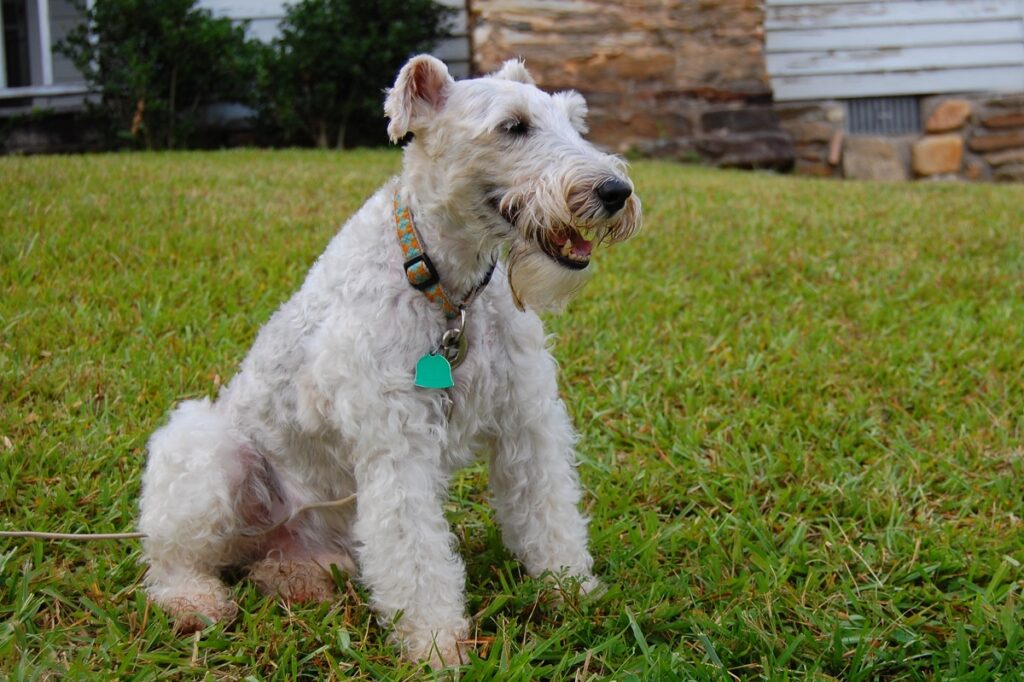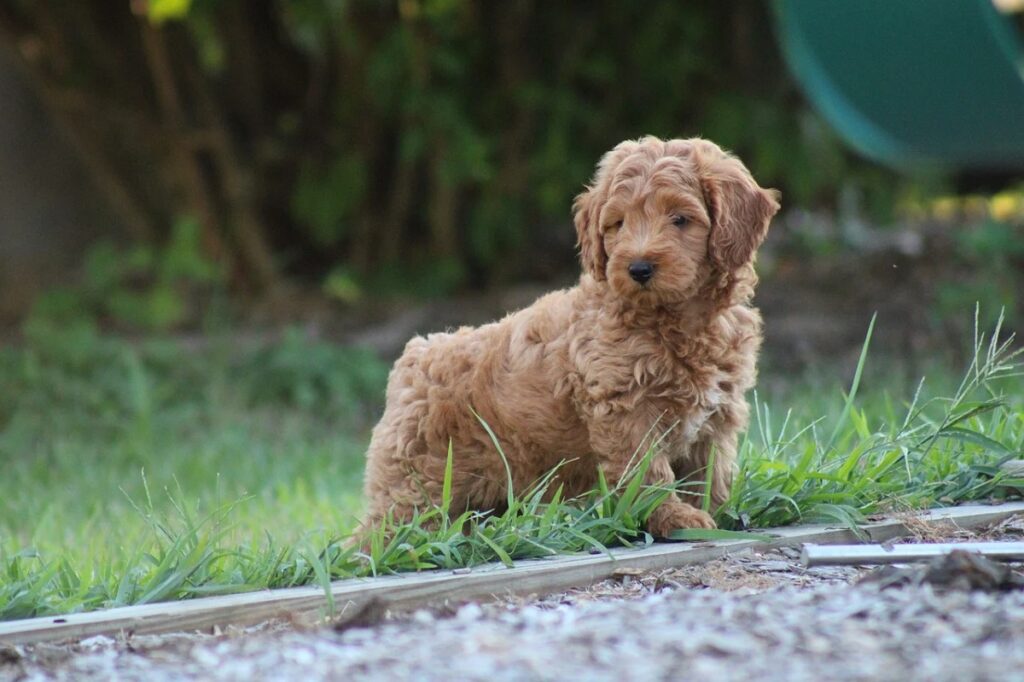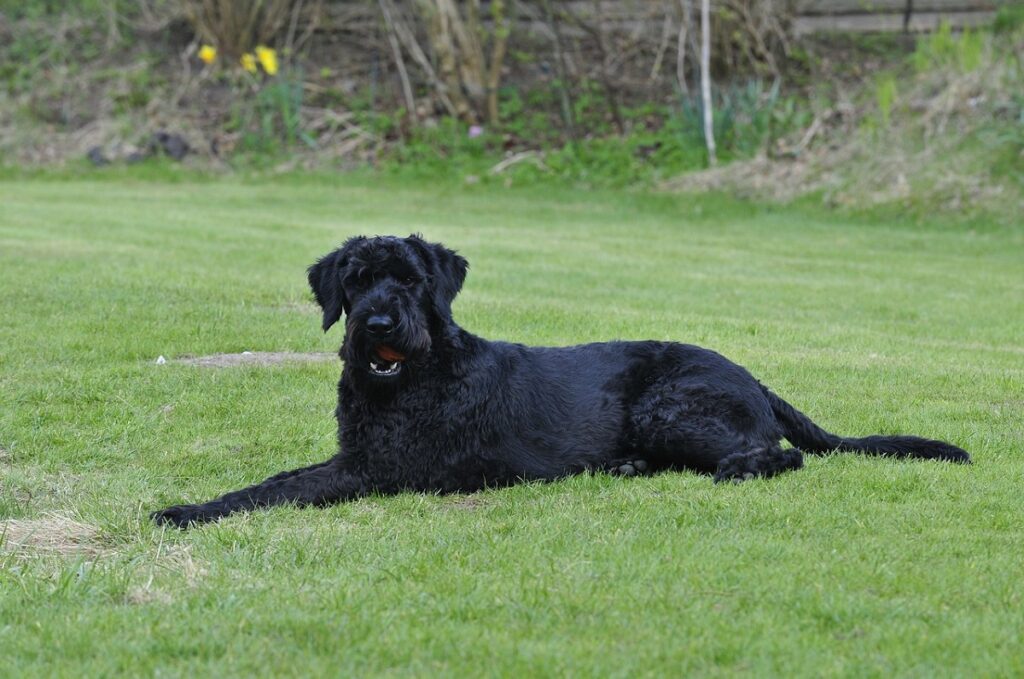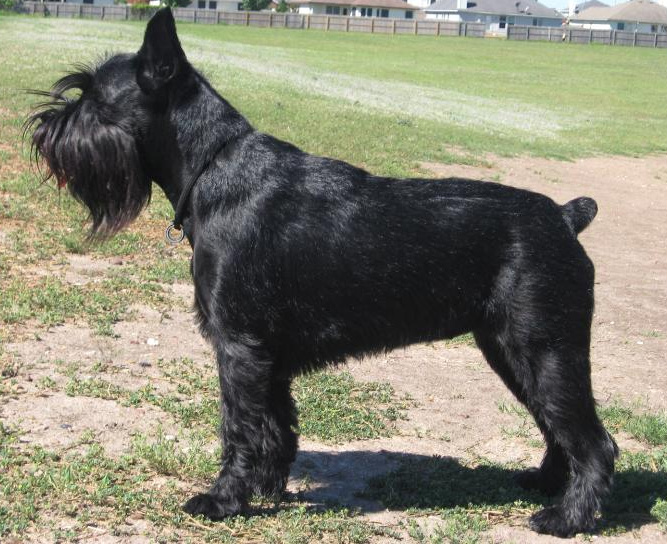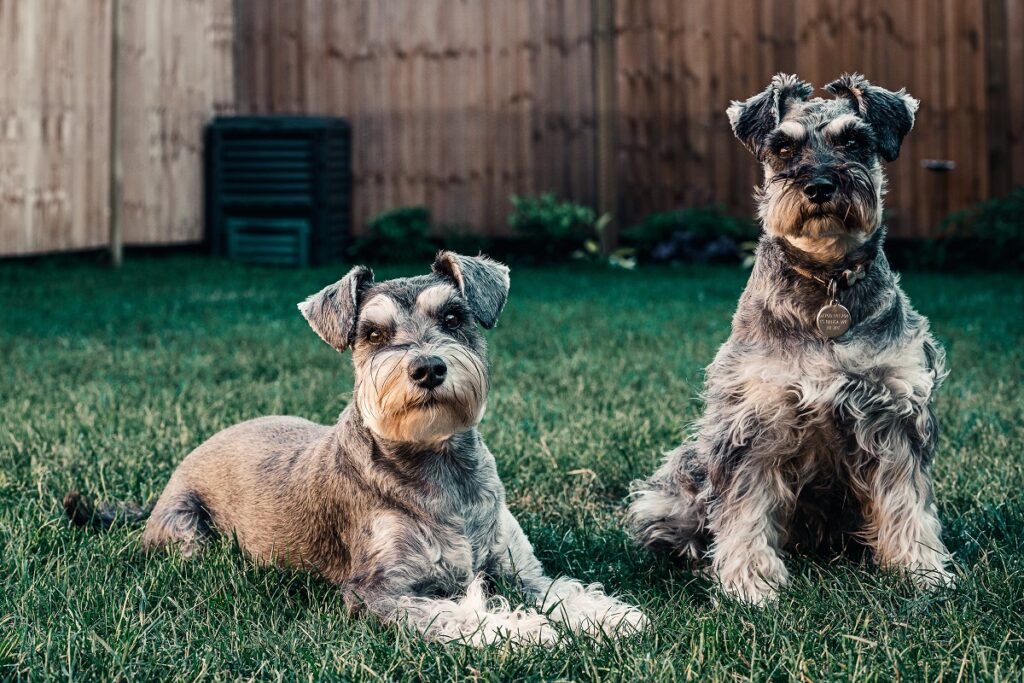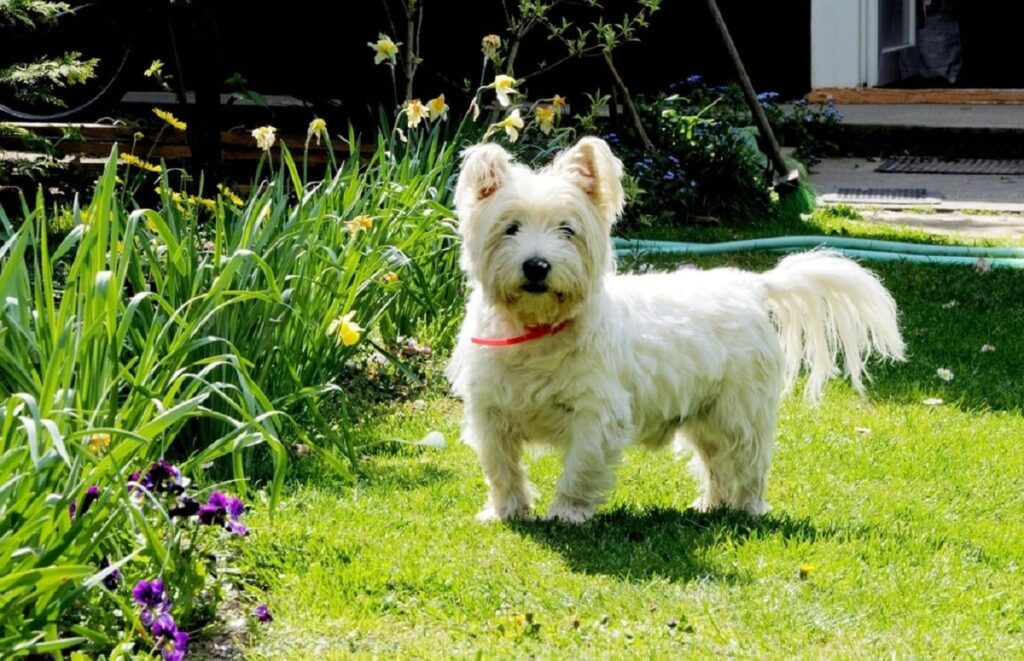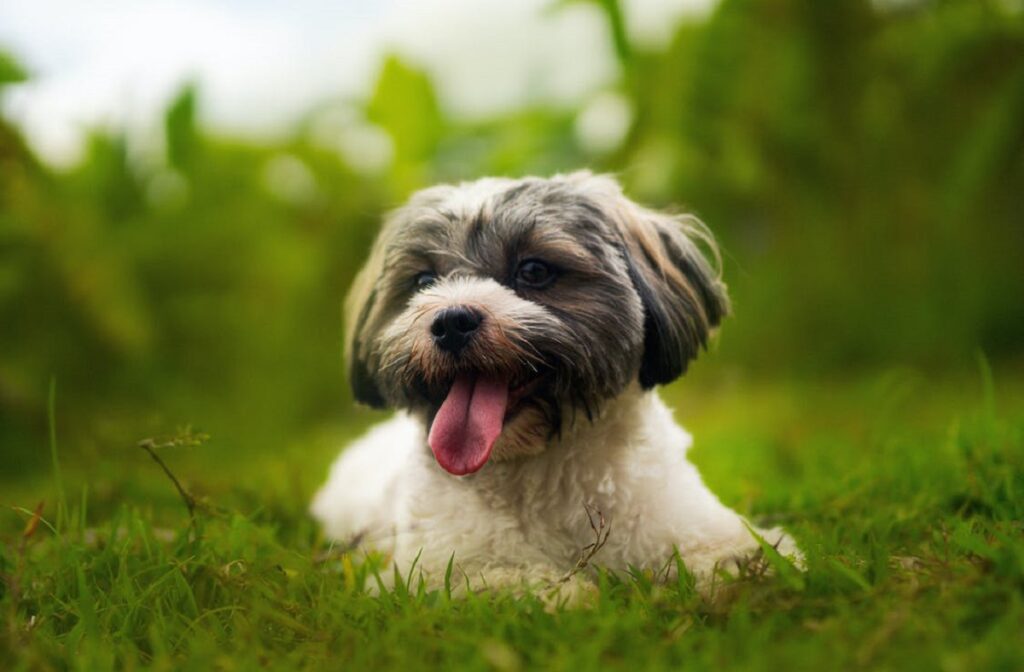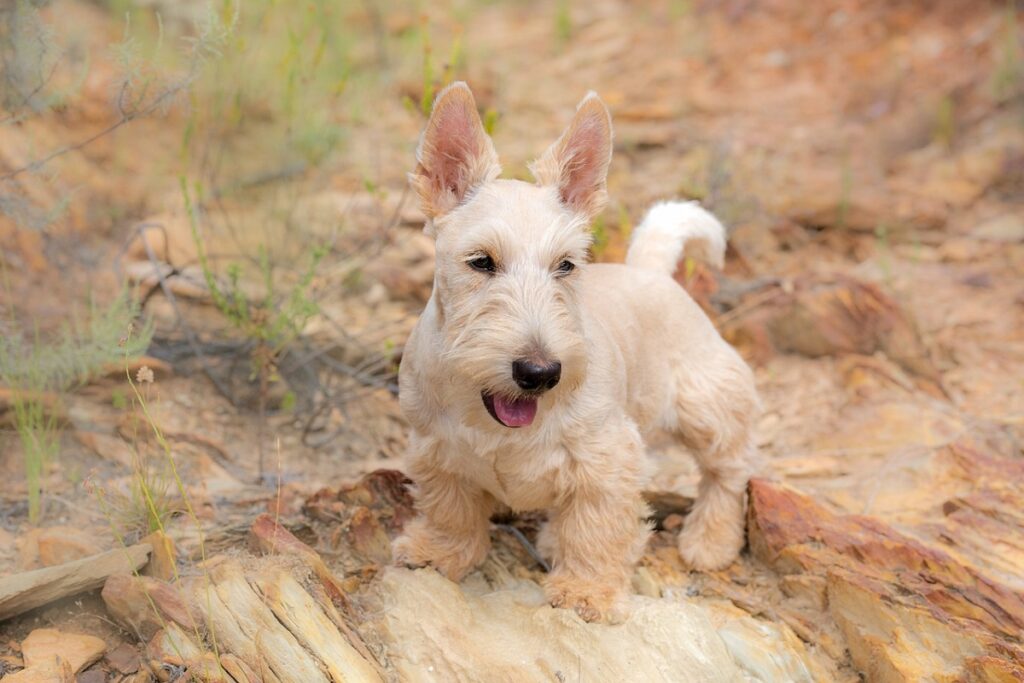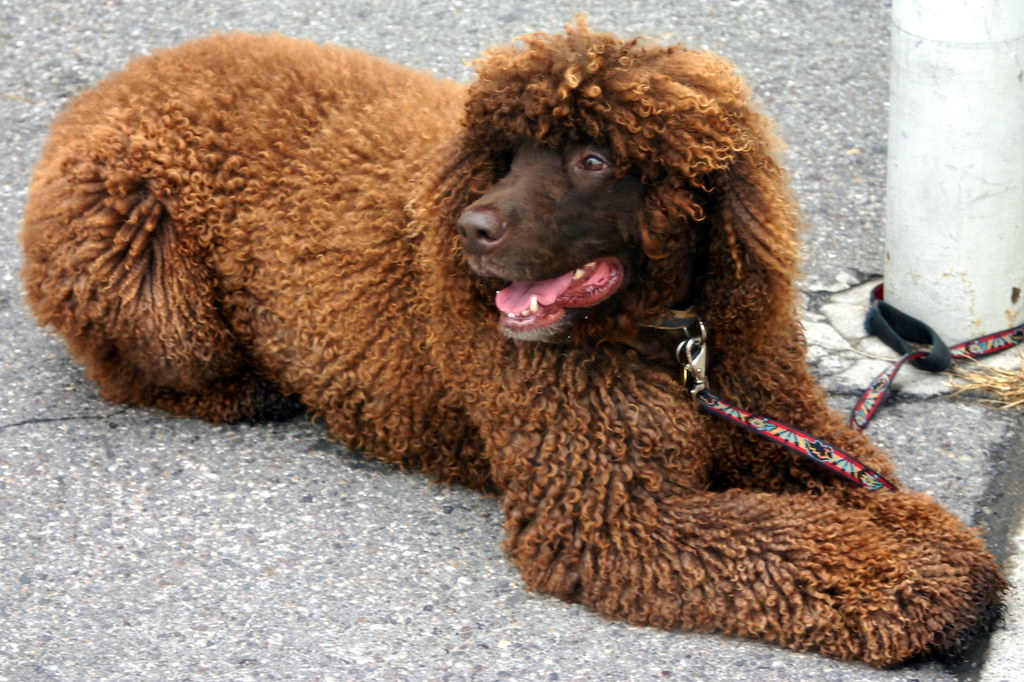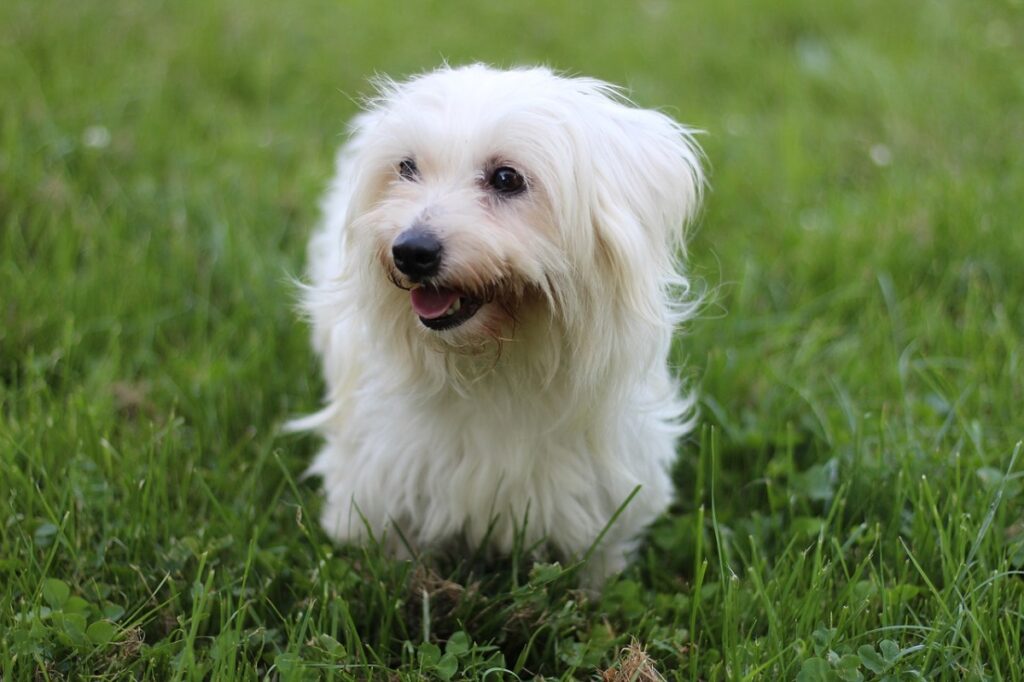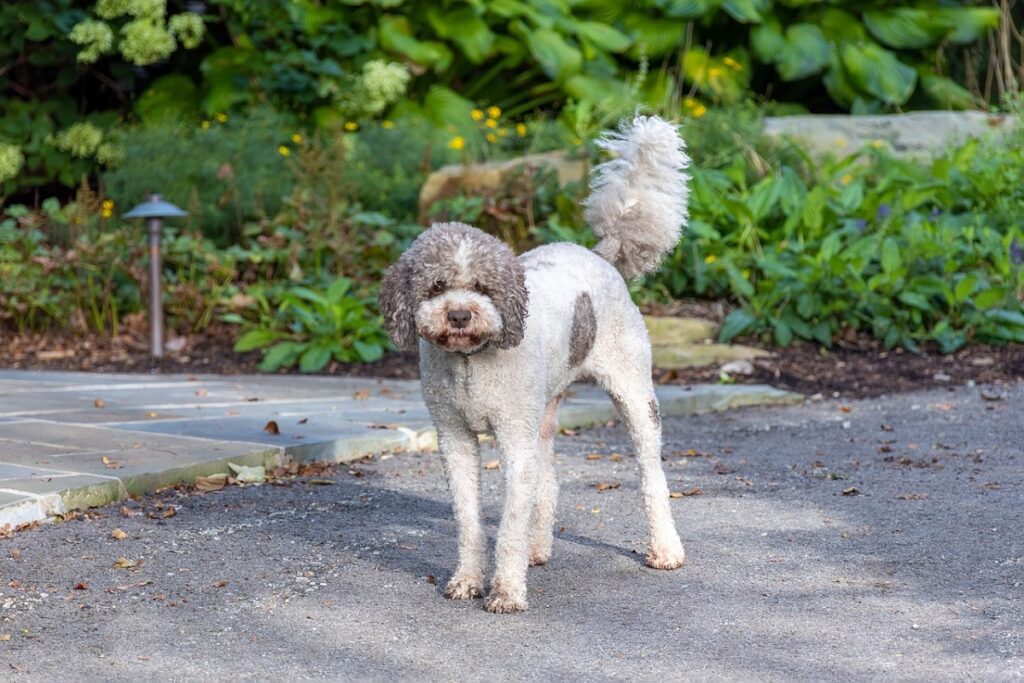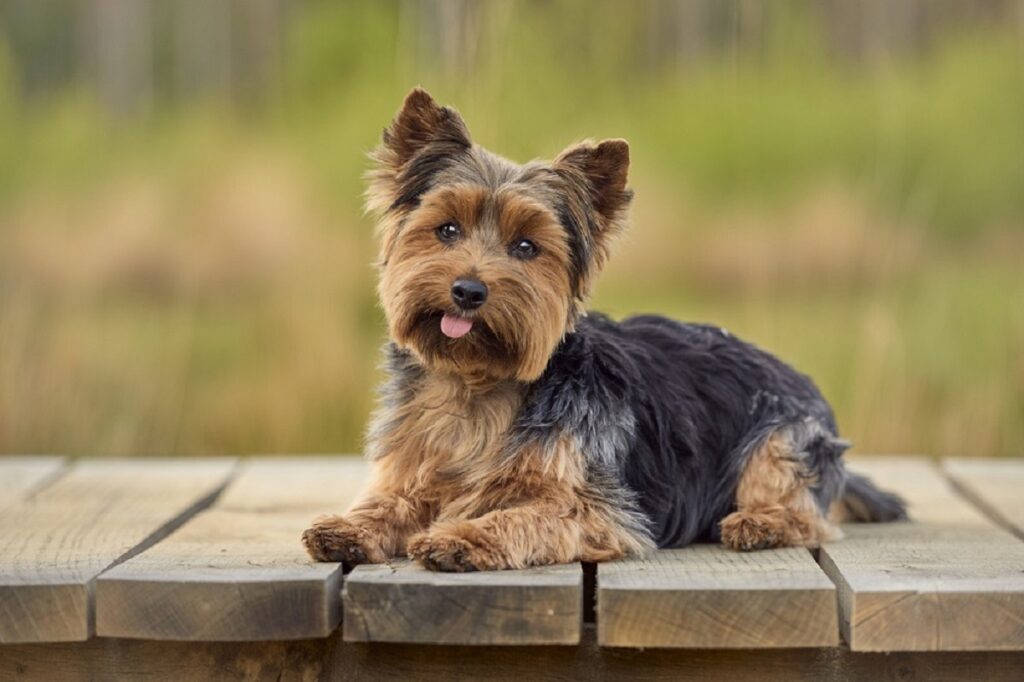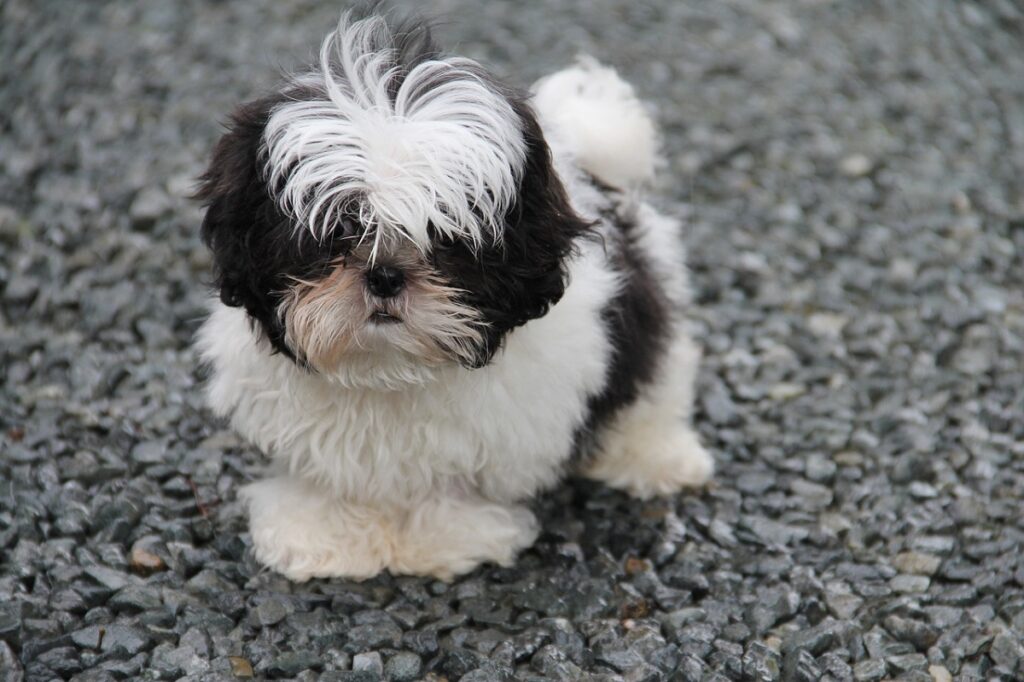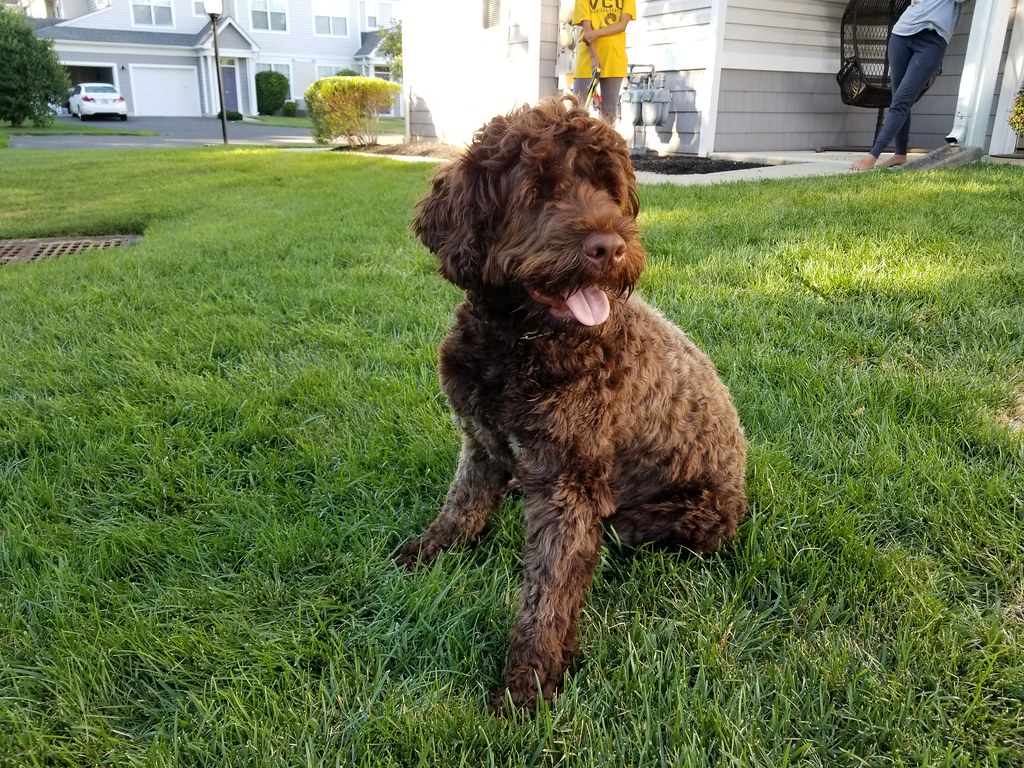Suffering from allergies doesn’t mean you have to forgo the joy of canine companionship! Discover 27 hypoallergenic dog breeds that produce less dander, the real culprit behind those sniffles and sneezes. From playful poodles to dignified schnauzers, this guide explores a diverse range of breeds suited for allergy sufferers. Learn about their unique temperaments, grooming needs, and find the perfect four-legged friend to welcome into your allergy-conscious home without compromising your comfort. Prepare to say goodbye to itchy eyes and hello to unconditional love!
Ah-choo! Is that you around dogs? If you’re a dog-lover who always has your ears perked for great hypoallergenic dogs, you’re in the right place. Although no dog is completely hypoallergenic, since all dogs produce dander, there are some breeds that won’t have you running for the tissues.
Poodles and doodles and Shih Tzus, oh my!… We have all the deets on these phenomenal breeds and more so you can enjoy your dog without breaking out into hives.
Some dogs have even been bred just to accommodate you, so you should feel extra special. And these breeds will give back just as much as you give to them. So, let’s jump on this no-sniffles train and learn about what makes hypoallergenic dogs so special.
What Is a Hypoallergenic Dog?
A hypoallergenic dog is a dog breed that may cause fewer allergic reactions in a person than other breeds.
Now let’s talk about animal dander – microscopic flecks of dead skin cells that animals with fur or feathers shed. Dander is the culprit that can trigger allergic reactions.
Here’s the not-so-good news: The reason why no dog is completely hypoallergenic is because dander is shed from the skin, not the hair, as well as from saliva and urine.
Before you go thinking you’re the stronger person for being able to be around dogs sans sneezing, dog allergies are very real and can bring on:
- Stuffy nose
- Facial pain
- Watery eyes
- Coughing
- Tight chest
- Shortness of breath
- Wheezing
- Skin rash
- Recurring hives
The good news is that the following best hypoallergenic dog breeds are less likely to cause allergic reactions. Here are the heroes.
Hypoallergenic Dog Breeds
Here is our list of the best hypoallergenic dog breeds that are suited for sensitive owners. Let’s learn about hair vs. fur and the details on pet dander in this must-read for dog lovers who are prone to pet allergies.
1. Poodle
One would think that with all that glorious hair, a poodle would be a no-no for someone with allergies, but that’s not particularly true. Poodles have hair, not fur, and although that may seem insignificant, it’s not.
Hair grows continuously (unless a dog has underlying health issues or hormonal changes), fur doesn’t, and certain dog breeds have hair, like the Maltese and the Yorkshire terrier. The greater number of dogs have fur.
Most dogs with hair have single coats, which have no dense layer beneath the outer coat. Dogs with double coats tend to shed (blow their coats) more if not profusely, and especially twice a year. So now you know the scoop on fur vs. hair. And that poodles have it going on!
2. Maltese
Gentle, affectionate, obedient, and intelligent are all characteristics of this beautiful little wonder. So, where are they from? In the middle of the Mediterranean Sea, there’s a small island nation called Malta, where the Maltese is thought to have been developed.
People pleasers and lapdogs, Maltese make excellent therapy dogs. Regarding their hair, these hypoallergenic dogs don’t shed much but still need regular brushing (at least once a week) to protect them from mats and tangles, which can be painful.
Groom them every few months, besides giving them the occasional bath if they encounter something, well, gross.
3. Bichon Frise
This low-shedding dog breed does require frequent grooming, and that helps ward off allergens. Tiny canines – 9.5”-11.5” and 12-18 lbs. – the Bichon still needs to be brushed about 3x/week and professionally groomed monthly (unless you’re Edward Scissorhands). Their coats are curly, dense, and coarse.
They came to America in the 1950s, and the American Kennel Club recognized them in 1971. This breed gets along with everyone, including dogs, cats, children, seniors, and… is there anyone left?
Talented and easily trained, they were once bred to be circus dogs and know how to get attention. They love active households, so if your life is bustling, the Bichon Frise might be your perfect companion at home and when you’re out and about.
4. Afghan Hound
Elegant and physically stunning, these hypoallergenic dogs were developed in what is now known as Afghanistan and were bred to hunt. Their gorgeous long coats served as heat insulators.
Records show that Afghans are one of the world’s most ancient dog breeds. They’re especially fast since they were originally bred to be sighthounds to be able to pursue large game effectively.
This is definitely one of the dogs in conformation shows that make people go “Ooh!” when they see that long “mane” of glorious hair. Feel free to have them shaved short for allergy sufferers, but advocates think that would almost be sacrilegious.
Interesting fact: The iconic doll, Barbie had an Afghan hound named Beauty.
5. American Hairless Terrier
This fairly new breed began in 1972 when a hairless puppy was born into a litter of rat terriers, and Willie and Edwin Scott took the ball and ran. American hairless terriers are actually born with short, fuzzy hair that begins to shed almost immediately. When they’re around 6-8 weeks old, they’re totally bald and have soft, smooth skin.
Their skin is usually spotted. Important note: They need to be covered in sunscreen (a Scooby-doo sweater would also be nice) if they’re going to be outside for a while since they’re highly sensitive to the sun. Give the AHT baths with a gentle dog shampoo.
This hypoallergenic pup has two sizes – miniature and standard. These hairless dogs have loads of energy and are intelligent and loving. Since their prey drive is high, keep them away from smaller pets like hamsters or mice.
6. Xoloitzcuintli (Show-low-eatz-QUEENT-lee)
Also known as the Mexican hairless dog, the Xoloitzcuintli is mostly hairless (the head, paws, and tip of the tail can have hair “sprouts”), so they lean towards being hypoallergenic.
There are two types – hairless and coated. The coated variety has a short, smooth coat that lies close to the skin. This ancient breed holds a sacred place in Mexican culture.
Highly intelligent, they’re vigilant, and great watchdogs while being loyal and affectionate towards family members. The Xolo has an independent side that requires you to be firm (with positive reinforcement) as you train them. Ranging in weight from 10-55 lbs., they come in three sizes: Toy, miniature, and standard.
7. Bedlington Terrier
This hypoallergenic, rare breed was developed in England in the 19th century as hunters of hares, badgers, foxes, and rats. Their football-shaped heads make them look a little “out there,” but they’re just unique, incredible dogs that happen to look like lambs.
As long as Bedlington Terriers are properly exercised with long walks, jogs, or hikes, they can live in large or small (apartment) areas. Get ready to groom them every six weeks since their hair mimics a poodle’s.
This playful and loyal dog is open to strangers and great with kids. Just make sure there’s no tail-pulling or roughhousing going on. Socialize them at a young age to be sure they can get along with Felix since cats can be a rough fit with this breed.
8. Kerry Blue Terrier
This little-known hypoallergenic breed was developed in Ireland to work on farms and kill pests. There, they are called Irish blue terriers. They’re typical terriers and as such are spunky, athletic, and quick. With striking blue-gray coats and bearded faces left uncut, Kerry Blue Terriers know how to stand out at dog shows.
The Kerry blue terrier‘s dense, wavy, and soft hair is black when they’re born but usually changes within the first two years. According to The Kennel Club (UK), their population is vulnerable since recent numbers for registration have been significantly low.
Although these medium-sized dogs don’t shed, they require weekly brushing and regular, full groomings every 6-8 weeks.
9. Komondor
Ah, the carwash dog. (That’s what I call them anyway!) Talk about being known for your coat; this dog has natural cords, like dreadlocks, that continually grow. Komondors are double-coated but being covered in corded hair that barely sheds, they are considered to be hypoallergenic.
Large, muscular dogs that can weigh up to 100 lbs., this big breed is for the person who has a lot of love to give since they will lap it right up. As a working/guard dog, their roots are in protecting livestock/flocks; they’re highly protective and will willingly let you know if something is not quite right.
With grooming, they need a guardian who will:
- Separate the cords into quarter-sized sections from the time they start to form.
- Bathe them every couple of months using just a little shampoo. (Too much of it can get trapped in their cords and start to smell.)
- It’s critical to dry them completely using a fan, loads of towels, and by hand-squeezing cords.
- Remember not to brush those spectacular cords.
Or take them to the groomer.
This largest Hungarian breed will be your friend for life and look fantastic while doing it.
10. Basenji
This perky, muscular, beautiful breed with a curled-up tail is known for its inability to bark. They’re called the “African Barkless Dog.” Although guardians report, they do make sounds similar to yodeling.
They’re highly energetic and need as much mental stimulation as they do physical exercise. (Think interactive dog toys or treat puzzles.)
Basenjis have a smooth gait, and they groom themselves like cats just licking away that pet hair. The latter fact, coupled with their coats being short, has them up at the top of the hypoallergenic dog list.
They have a high prey drive, so they are best fitted to be in a home with no pet rodents. Depending on the Basenji and your other dogs, they may or may not get along. Early socialization will go a long way in making sure that happens.
11. Bolognese
With a low shedding level, these hypoallergenic dogs belong to the Bichon family group. The Bolognese can be great for allergy sufferers for three reasons:
- Their size – At 10”-12” and 6-10 lbs., there’s less dog to shed.
- They’re non-molting, which just means they don’t shed like other breeds do. Their single wooly coat also traps dander before it becomes airborne.
- They’re low-maintenance when it comes to exercise. They don’t need long hikes outside where allergens abound.
Named after the Italian town of Bologna, the Bolognese will be stuck to your side like glue. They love human companionship.
12. Chinese Crested
The “so ugly, they’re cute” dogs, this breed is hairless… in places. They tend to have more hair on their heads, paws, and tail. A double-coated breed, they come in two varieties – hairless and powder puff, with the latter obviously needing more grooming.
Their skin is smooth and soft and needs protection from the elements in the form of a warm sweater or a lighter one for sun protection. Dog-safe sunscreen will be your best friend in preventing skin damage.
13. Wire Fox Terrier
These hypoallergenic dogs adore children, so are wonderful for kid-families. Looking similar to the Bedlington terrier, this breed sheds and drools very little. They’re low-maintenance, only requiring the occasional bath to rid them of that pesky dander and loose hair.
Energetic, playful, loyal, and devoted, wire fox terriers are excellent family companions. They may not sidle up to your other dogs freely, but if they’re raised together or are well-socialized, it should be smooth sailing.
14. Goldendoodles
Although this may be the most famous hypoallergenic breed, as you’ve seen, there are many more. Goldendoodles were bred to be low-shedding and family-oriented.
These medium- to large-sized dogs are hybrids of the Golden Retriever and Poodle dogs. They still fit in well with apartment-dwellers as long as they’ve been thoroughly exercised with a neighborhood jog or a long swim.
Breeders started advertising these darling dogs in the 1990s when the Labradoodle (Lab-Poodle mix) took off like a rocket. They even have similar characteristics.
15. Giant Schnauzer
This 55-85 lb. hypoallergenic dog breed is one of the largest to be (semi) allergen-free. Their double coats are hard and wiry with a soft undercoat, so you’ll want to bathe them regularly.
With their prominent eyebrows, beard, and unique head shape, the Schnauzer is pretty easy to spot. Originally bred in Germany to herd and guard, they’re vigilant when it comes to being protective of the family.
They will be aggressive towards a predator – human or canine. These loving dogs are just another excellent choice for allergy sufferers.
16. Standard Schnauzer
Weighing in at 30-50 lbs., this is the medium version of the giant schnauzer. This type of hypoallergenic dog is wonderful with young children, and since they’re smaller, they have less chance to knock them over.
Also, double-coated with a low shedding level, don’t bathe them too often since it can strip the natural oils. Having said that, hand-strip the hair weekly to remove debris and clean those adorable beards and legs.
17. Miniature Schnauzer
Let’s go even smaller and talk about the miniature schnauzer. Coming in at 11-20 lbs., this little guy has less mass, so even less hair to shed. Their double coat does require more grooming than others. Look to bathe them about once a month.
Also wonderful with children and other guardians, the miniature schnauzer is another serious contender for being the perfect companion.
18. West Highland White Terriers
At 10”-11,” we’re looking at a seriously small dog that sheds a medium amount – not too low and not too high. Being double-coated also adds to the amount of dander-shedding. Stripping (or plucking) the wiry hair, which is safe and pain-free, is recommended.
These little pooches are too cute, but don’t let them get away with stuff. Just because they’re small doesn’t mean they don’t need early socialization and obedience training to recognize who’s in charge.
19. Havanese
A member of the Toy group, these hypoallergenic dogs are stunning. Spunky, alert, and happy-go-lucky, they’re up for lap time any time if they’ve had their exercise. They’re the national dog of Cuba, and they’re also their native dog.
Generally living up to 16 years, they require a significant lifetime commitment. Great with other dogs and family members, you’ll have an easy addition with this one.
20. Scottish Terrier
This beauty rarely sheds or drools. Low to the ground in stature, they were developed to hunt foxes, rats, and badgers. They’re said to be the oldest of the Highland terriers.
The Scotty’s coat is wiry and needs to be eventually hand-stripped weekly as well. (If this process starts when they’re puppies, they’ll barely realize it’s happening.)
21. Irish Water Spaniels
Poodle-esque in looks, these phenoms barely shed but need lots of grooming and exercise. The Irish water spaniel obviously adores water, so swimming should be on your list of priorities.
With long, loose curls on top of their heads and a smooth hairless tail, Irish Water Spaniel dogs can be head-turning. They’re serious about their hunting skills and need mental stimulation when they’re not doing other things.
22. Coton de Tulear
Just bundle up a bunch of cotton balls, and there you have it – a Coton de Tulear. These hypoallergenic dogs are seriously all about “no sneezing.” They’re non-shedding, don’t drool, and have less dander.
Known as the ‘royal dog of Madagascar’, these dogs are gentle, patient with children, and even talented on the agility course. A rare breed with a wonderful personality, they’re also intelligent and get along with just about everybody.
23. Lagotto Romagnolo
Natural retrievers and water dogs, the Lagotta Romagnolo’s coat is water-resistant. They have a rough double coat with a thick, tightly curled coat, so count on regular trips to the groomer to keep them allergenic-friendly.
Similar to the Cocker spaniel, they were bred for hunting and make affectionate companions every time. They need supervision around young children but should do well with older ones.
24. Yorkshire Terrier
These highly adorable dogs can look stately or just cute as a bug, depending on their hair length. Allergy sufferers would need to have them groomed regularly to keep their silky hair at bay. Remember to ask for the short “puppy cut” to have an easier-to-manage hair situation.
These Yorkies were developed in the United Kingdom to chase rodents.
Interesting fact: Many small working dogs started this way. Today, the Yorkshire terrier is a super family dog.
25. Shih Tzu
Great with other dogs and young children, these dogs are famous for being the ultimate pet. They rarely shed or drool, are only 9-16 lbs, and get along with everyone. What more could you ask for? They’re also minimally energetic dogs, so a short walk or backyard playtime will do them just fine for exercise.
You’ll need to keep them well-groomed and make sure your lap is always ready for a visitor.
26. Portuguese Water Dog
This medium-sized dog looks as though it would trigger allergies like crazy, but that’s not the case. They were brought to the US in the early 1960s and have actually become a popular breed to have as a companion.
But their exercise needs are as high as their friendliness. Portuguese Water dogs need plenty of it, physically and mentally, as most water dog breeds do.
27. Soft-Coated Wheaten Terrier
With silky, wavy hair and single coats, this breed is super for preventing allergies with regular grooming, including brushing throughout the week.
The Wheaten is highly trainable and intelligent. (They are terrier breeds, after all.) Developed to be Irish farm dogs, they’re terrific with young children but can be wary of other dogs. Get that socialization in early and often.
FAQs
Is There a Dog Breed That Is 100% Hypoallergenic?
No dog is 100% hypoallergenic since dander falls off all dogs, no matter the breed. Dander is an allergen that can produce allergic reactions.
Does Doodle Fall in Terms of Best Hypoallergenic Dog Breed?
Doodle mixes are certainly one of the best hypoallergenic dog breeds there are if it’s a Goldendoodle, Labradoodle, and the like, but it depends on the dogs being bred.
Which Dog Is the Most Hypoallergenic?
That’s impossible to say since there are variables, but the breeds mentioned in this article could all be labeled “hypoallergenic.”
Which Dog Breed Is the Most Prone to Sparking Allergies?
Basset hounds, Siberian huskies, and German shepherds are among the worst choices for people with allergies due to their shedding levels, along with drooling dogs like St. Bernards and bulldogs.
Wrap-up
It’s a beautiful thing that the best hypoallergenic dog breeds exist, so most allergy sufferers don’t need to go through life dog-less. (The horrors.)
Once you know you’re looking for one of these non-shedding dog breeds; your next big decision will be how they will fit into your lifestyle. Think long and hard about how active you are and the things you enjoy doing. It’s not fair to you or the dog to get this wrong and you end up choosing a mismatched breed.
You could be a dog guardian before you know it and discover how much they can help in your struggle. Plus, you’ll probably become close friends with your groomer, so it’s a win-win!
Finding a truly “hypoallergenic” dog is a myth, as all dogs produce some allergens. However, many breeds shed minimally, drastically reducing the spread of dander – the main allergen source. The 27 breeds discussed offer a range of sizes, personalities, and energy levels, proving that allergy sufferers can enjoy canine companionship. Diligent grooming and regular cleaning are still crucial, even with low-shedding breeds, to minimize allergic reactions. Ultimately, spending time with a breed before commitment is essential to ensure a comfortable match for both the dog and the allergy-prone individual.


